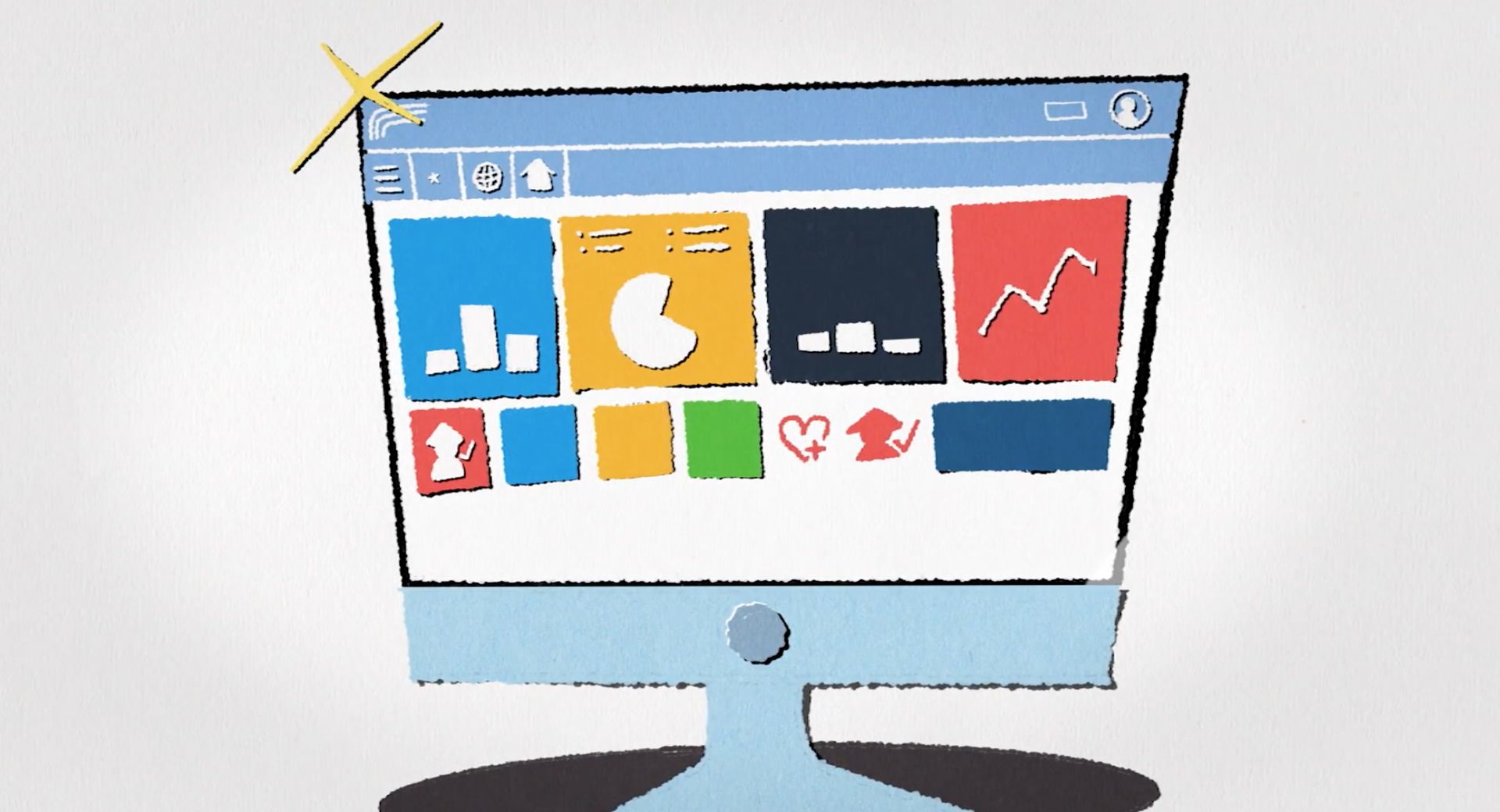
If you got a nickel for every time you read the word “data,” I’m guessing you wouldn’t be mad about it.
Data is discussed in just about every facet of K12 life as educators use millions of data points to craft the best possible path to success for every student.
Diving into student data can feel like a blessing and a curse. After all, not all educators go into the field to fulfill their passion for charts and spreadsheets (although some do and we see you, too). However, as edtech continues to evolve, systems built to house, preserve, and sort student data can make the whole process more teacher- and family-friendly.
Make working with data easier
Data seems to multiply rapidly. The more we measure, the more we store, the more we try to comb through to gain insight. Not only should it take very little time to input data but extracting data from a student information system should also be as simple as possible. Consider the trifecta of making data processes easier:Is automation available to help make processing data faster?
Cut down on manual entry (or worse, manual re-entry) and ensure systems are interoperable—the automatic flow of data between systems frees up resources and time to focus on the interpretation of data rather than its upkeep.
Do all systems flow seamlessly into the SIS?
The student information system is the cornerstone of school data, so ensure that your SIS is equipped to handle any third-party data collected in other systems. A single, central location to keep records, especially those that require long-term retention, makes managing millions of sensitive data points easier. On that note, when was your last security audit, phishing test, and data backup?
Is reporting on the data housed in the SIS quick and intuitive?
What good is a hoard of data without the ability to peruse it for quick insight? Whether this takes the form of exported files, dashboards, or some combination of the two, there’s no time to lose slogging through spreadsheets.
No more walls of text
Speaking of spreadsheets, data is no longer only available in black and white. Break out of the newsprint era and graduate to data in full, living color.This goes for all SIS screens, or at least as many as possible (some forms benefit from being as straightforward as possible). While die-hard data heads may question this type of facelift, the clever and intentional use of color can even make scanning several pages of information easier on the eyes and help information stand out differently.
Limitless growth potential
The chief purpose of keeping detailed data is to use it to guide students to greater success. No one knows how to do that better than the educators. So how can administrative software make that task easier?Designed by users, built in house
No more Frankensystems cobbled together from corporate acquisitions. Instead, user experience designers work directly with the data experts (that is, educators who use the software daily) to identify needs, ideate, listen, and gain priceless feedback that ensures the next features are exactly what the user base will enjoy most.
No duplicate or conflicting features
Sometimes multiple solutions can be helpful, but more choices also equal more problems. While flexibility is key for different users, everyone should enjoy features that are well designed to form a comprehensive system. Features that are bolted on after the fact can turn a flow of data to insight into a complex and confusing experience—sort of the equivalent of a poorly lit, dingy basement data center versus a secure and spotless one.
Easy, seamless, and intentional data access
An intentional and thorough design process results in a user-friendly, easy to use system. The seamless flow of data saves time and creates a more complete picture of student data: their achievements, demographics, behavior, and other attributes all housed securely according to FERPA guidelines.
There’s so much more to teaching than data—an SIS cannot cheer up a sad child, ensure they receive a hot meal, or spark a passion for learning. But supporting educators with administrative software that’s quick and reliable frees up their time to practice their profession and build life-changing relationships with students.
Follow-up resource: Your SIS
Learn why the SIS is the cornerstone of teaching and learning.WHAT'S NEXT FOR YOUR EDTECH? The right combo of tools & support retains staff and serves students better. We'd love to help. Visit skyward.com/get-started to learn more.

|
Erin Werra Blogger, Researcher, and Edvocate |
Erin Werra is a content writer and strategist at Skyward’s Advancing K12 blog. Her writing about K12 edtech, data, security, social-emotional learning, and leadership has appeared in THE Journal, District Administration, eSchool News, and more. She enjoys puzzling over details to make K12 edtech info accessible for all. Outside of edtech, she’s waxing poetic about motherhood, personality traits, and self-growth.





